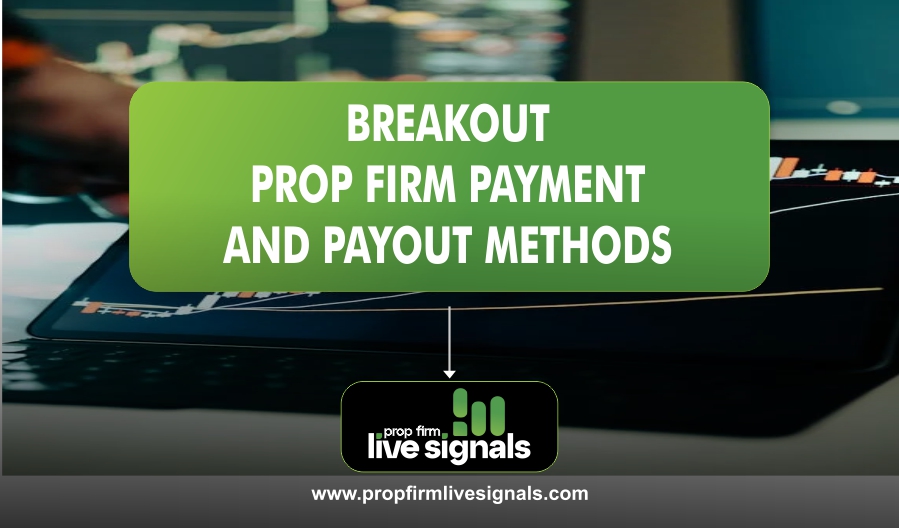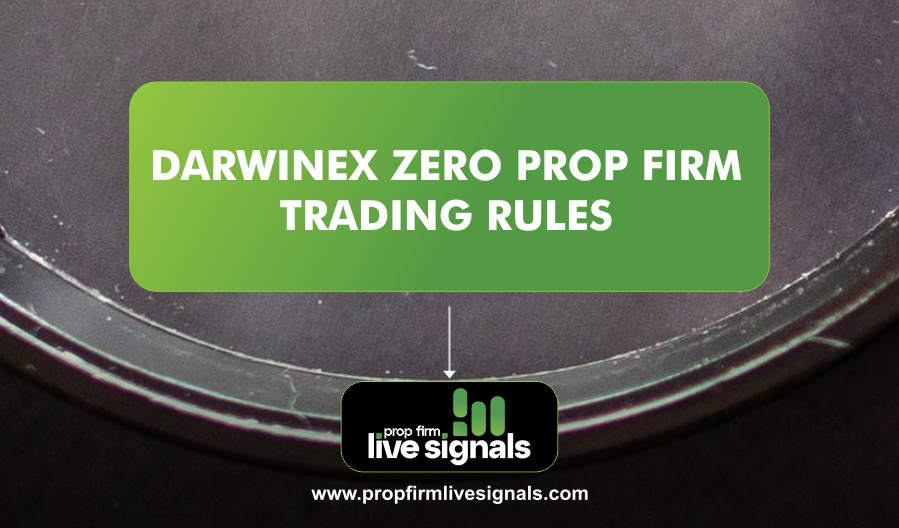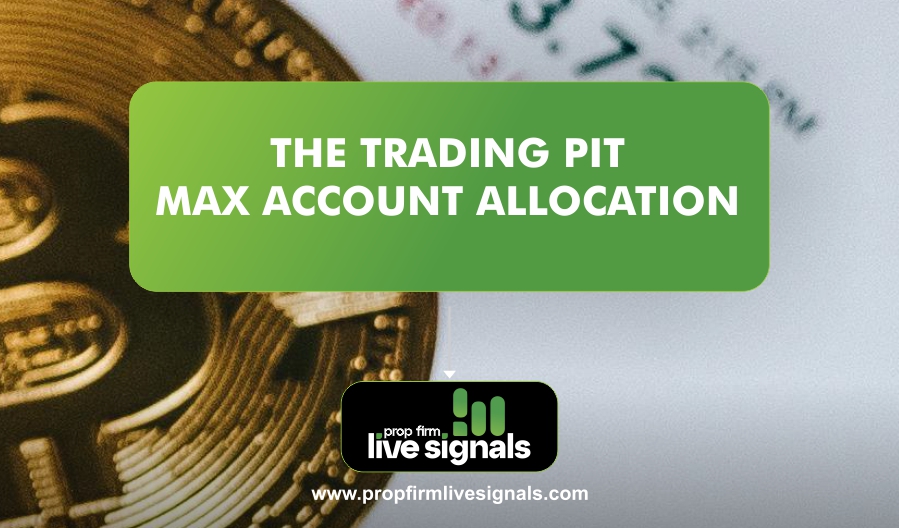One key aspect of these firms that is crucial to traders is understanding the payment and payout methods. When entering a prop firm agreement, it’s vital to comprehend how earnings are distributed, what payment methods are available, and how quickly payouts occur
What Are Breakout Prop Firms?
Breakout proprietary trading firm offers traders access to capital to trade financial instruments. Traders often participate in trading strategies like breakout trading, where they capitalize on price movements when an asset breaks through key resistance or support levels.
Breakout prop firms typically have structured programs where traders must meet specific criteria to qualify for funding. These programs can vary in terms of risk management rules, profit-sharing agreements, and payout schedules. Some firms may offer more generous profit splits, while others may provide access to higher capital with stricter rules.
How Do Breakout Prop Firms Work?
To understand the payment and payout process, it’s crucial to know how these firms operate and how it works:
- Trader Evaluation: Traders usually need to pass an evaluation phase to demonstrate their skill. This may involve meeting profit targets while adhering to specific risk management rules. The evaluation phase may be structured through a demo account or live account with specific capital limitations.
- Funding: Upon successful evaluation, the trader is allocated a portion of the firm’s capital. Depending on the firm, this can range from a few thousand dollars to several million.
- Profit Split: After securing funding, traders keep a percentage of the profits they generate from their trades. The prop firm typically retains a share, and the split can vary, but it’s often around 50%-80% in favor of the trader.
- Risk Management: Breakout prop firms usually set certain risk parameters for traders to ensure the firm does not lose large sums of money. These parameters include daily loss limits, maximum drawdowns, and overall risk management protocols.
Payment and Payout Methods
Now, let’s go into the payment and payout methods commonly used by breakout prop firms.
Types of Payment Methods
The payment methods used by breakout prop firms to pay traders vary depending on the firm’s policies and their operational region. Some of the common methods include:
- Bank Transfers: Many prop firms prefer to pay traders via direct bank transfers, especially for larger sums of money. Bank transfers are secure, reliable, and widely accepted globally. The downside is that international transfers can take several days to process and may incur fees.
- Veem: Veem is a popular payment method for prop firms because it offers quick transfers and is widely used across many countries. It’s an easy method for receiving payouts but can come with transaction fees, especially for international transfers.
- Cryptocurrency Payments: As cryptocurrency trading has gained popularity, some breakout prop firms are starting to offer payments via digital currencies such as Bitcoin, Ethereum, and USDT (Tether). This method is appealing to traders because it’s fast, decentralized, and can sometimes avoid banking fees or restrictions.
- E-wallets (Skrill, Neteller): Digital wallets like Skrill and Neteller are frequently used for international payouts. These platforms allow traders to transfer funds to their accounts, and the process is often faster than traditional bank transfers. However, there can be withdrawal fees associated with these services.
- Wire Transfers: For larger payouts, some firms may opt for wire transfers. This method is often used for payouts that exceed a certain threshold, as it allows for larger amounts to be transferred securely. However, wire transfers typically take longer and may come with higher fees, especially for international transactions.
Payout Structures
Once a trader has accumulated profits of not less than $500, the payout process becomes the next focus. Breakout prop firms use various payout structures to compensate their traders. Some of the most common payout structures include:
- Weekly Payouts: Breakout prop firms prefer a regular payout schedule, such as weekly or bi-weekly payments. This structure allows traders to withdraw profits more frequently. In these cases, traders may need to ensure that their profit target and trading metrics align with the firm’s payout cycle.
- Profit Sharing: In Breakout Prop Firm, a trader might earn 80% to 90% of the profits they generate while the firm keeps 20%. This split is typically outlined in the trader’s contract and may vary based on performance, volume, and other factors.
- Scaling Profit Splits: Breakout prop firms offer 90% add on – 95% scaling profit split structure. In this arrangement, traders earn a larger percentage of profits as their account size increases or their performance improves. This incentivizes traders to perform well, as they can increase their payout as they scale their trading activity.
Conclusion
Understanding the payment and payout methods in breakout prop firms is an essential aspect of being successful in proprietary trading. With various payment options, profit-sharing structures, and payout cycles, it’s important for traders to carefully consider these factors when choosing a firm to trade with. Clear communication with the firm regarding payout terms and withdrawal procedures can help avoid misunderstandings and ensure a smoother experience.
By familiarizing yourself with the key terminology, payout methods, and frequently asked questions, you can better navigate the financial side of trading and maximize your earnings as a prop trader.
Frequently Asked Questions (FAQ)
-
How long does it take to receive payouts from a prop firm?
Payouts can take anywhere from a few days to a week, depending on the method used. Bank transfers and wire transfers may take longer compared to PayPal or cryptocurrency payments.
-
Can I withdraw profits anytime?
In many cases, yes. However, firms may impose restrictions such as minimum withdrawal amounts or limits on how often you can withdraw. Always check the terms before making a withdrawal request.
-
Are there fees associated with prop firm payouts?
Yes, some payout methods come with fees. PayPal, for example, charges transaction fees, especially for international transfers. Similarly, bank transfers and wire transfers may have associated fees, depending on the financial institutions involved.
-
What happens if I exceed my drawdown limit?
If a trader exceeds the drawdown limit set by the firm, they could face penalties, such as a reduction in the funding provided or a suspension of their account. Each firm has its specific rules, so it’s essential to understand them beforehand.
-
Do I need to pay taxes on prop firm profits?
Yes, profits made from trading are generally taxable. Traders are responsible for reporting their earnings to the tax authorities in their respective countries. It’s advisable to consult a tax professional to understand your tax obligations.




